Beans - a culture that has a large amount of nutrients, is often grown on personal plots in the open ground. Some summer residents believe that for an early shoot before planting in the garden, it is necessary to germinate beans at home. The method of planting depends on what goal the gardener has set for himself. Some are interested in what helps to get early seedlings as quickly as possible, while others want to use beans and sprouts for culinary purposes.
Content
The benefits of sprouted beans and its harm
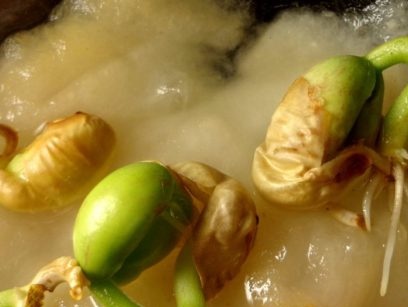 Many people know that legumes have a positive effect on health, but not everyone knows how to make bean seed sprouting easy and fast. Bean sprouts contain many useful substances that improve the functioning of the gastrointestinal tract and strengthen the immune system.
Many people know that legumes have a positive effect on health, but not everyone knows how to make bean seed sprouting easy and fast. Bean sprouts contain many useful substances that improve the functioning of the gastrointestinal tract and strengthen the immune system.
In legumes sprouts have many nutrients:
- fiber, carbohydrates and fats;
- calcium, zinc, iron;
- vitamins A, C and group B.
Due to the fact that they are rich in vegetable protein, beans can become a substitute for meat.
To protect against colds and lose weight, it is worth taking bean seedlings. They will normalize metabolism and improve the functioning of internal organs. They have a positive effect on blood formation processes, remove toxins and improve the appearance.
However, it is recommended to know that not all types of beans are equally suitable for use as a meal. For this, it is best to sprout Mash and Mung beans, which are valued by raw foodists. Sprouts will not cause harm if you do not consume too many of them. Abuse threatens flatulence and diarrhea.
Germinated sprouts can be used in the creation of medicines, as well as in traditional medicine, since it contains many positive substances. As a therapeutic drug, it is advisable to use for diabetes and high blood pressure.
Many summer residents prefer to sprout beans at home before planting in the open ground to harvest faster, but more often bean sprouts are used as food, from which you can cook many different dishes and even sweet pastries.
The main methods of germination and why it is needed
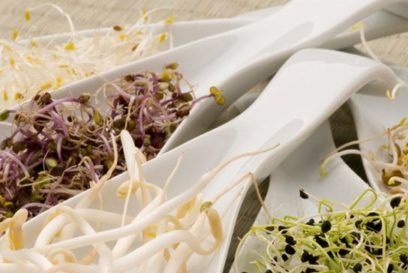 Germination of beans requires that plant proteins turn into amino acids, and complex sugar decomposes. This helps to facilitate digestion, preventing a feeling of heaviness. There are many ways to germinate, but only one factor needs to be taken into account - in each option, you need to provide the seeds with enough sunlight and humidity.
Germination of beans requires that plant proteins turn into amino acids, and complex sugar decomposes. This helps to facilitate digestion, preventing a feeling of heaviness. There are many ways to germinate, but only one factor needs to be taken into account - in each option, you need to provide the seeds with enough sunlight and humidity.
At home
To germinate beans at home, it is recommended that you first pay attention to the seeds. If the beans are from the store, then it is necessary to sort out, exfoliate, rinse thoroughly and remove all garbage before soaking.
The sequence of actions is simple, but they should be performed in stages:
- make small holes at the bottom of the plastic cup so that water can flow out unhindered;
- place the cup in a deep container so that their bottom does not come into contact with each other or there will be nowhere to go;
- fold the gauze cloth and put it on the bottom of the cup;
- sprinkle a thin layer of beans over gauze;
- pour seeds with warm water so that its amount does not go beyond them;
- at the end of the grain cover with a cloth, and put the container in a dark place.
In order for the early seedlings to emerge, it is necessary to water the beans as often as possible, about 8 times a day. If you follow all the instructions, then the first sprouts will not keep you waiting long and will rise one day after planting.
Into the ground
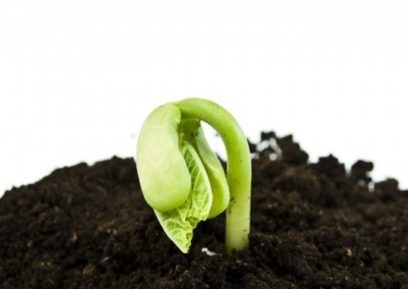 It is believed that bean seeds cannot be germinated in the soil - this is not so, but it is better to use the following method. It is almost no different from the previous one. Here you also need:
It is believed that bean seeds cannot be germinated in the soil - this is not so, but it is better to use the following method. It is almost no different from the previous one. Here you also need:
- sort the seeds;
- clean them;
- take a container;
- put a damp cloth in it;
- pour beans on top.
It is recommended to monitor what material the fabric is made so that the water does not flow, otherwise the seeds will simply rot.
Bean germination occurs in 1 day and fragile sprouts can be planted in a day. They need to be planted at a distance from each other: between beds of half a meter, and between seeds two times less.
For seedlings
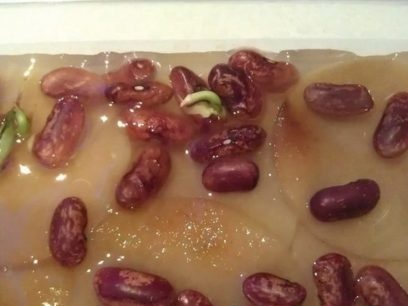 To germinate seeds for seedlings, you can use the following method:
To germinate seeds for seedlings, you can use the following method:
- put toilet paper dipped in water on cellophane, and legumes on it;
- Cover the beans themselves with another moistened layer of paper, and then roll it all up;
- so that the seeds germinate, lower the roll into a container of water from the side of the empty edge.
On the fifth day, sprouts will already be visible, but for planting on beds it is better to wait until the sprouts get stronger in a week or two.
For food
If the culture will be used for culinary purposes, then it is worth sprouting beans at home. To get green and juicy sprouts that will enrich the body with various useful substances, it is necessary to perform a number of familiar steps for growing beans in plastic cups.
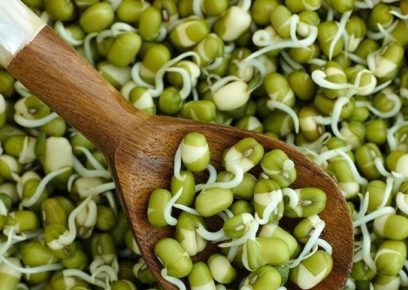 Sprouts appear on the next day, however, it is advisable to let them grow. Usually, this happens after 4-5 days, when fresh and green leaflets made themselves felt. After this, the bean grains get rid of the skins, and they are ready for use.
Sprouts appear on the next day, however, it is advisable to let them grow. Usually, this happens after 4-5 days, when fresh and green leaflets made themselves felt. After this, the bean grains get rid of the skins, and they are ready for use.
Sprouting beans for food is easy:
- need to find a flat cup;
- place seeds in it;
- cover with a wet gauze cloth;
- put the container in a dark place.
Seeds will rise in a couple of days, and when they reach 5-7 cm, they will be edible. Raw food lovers consume them on the second day.
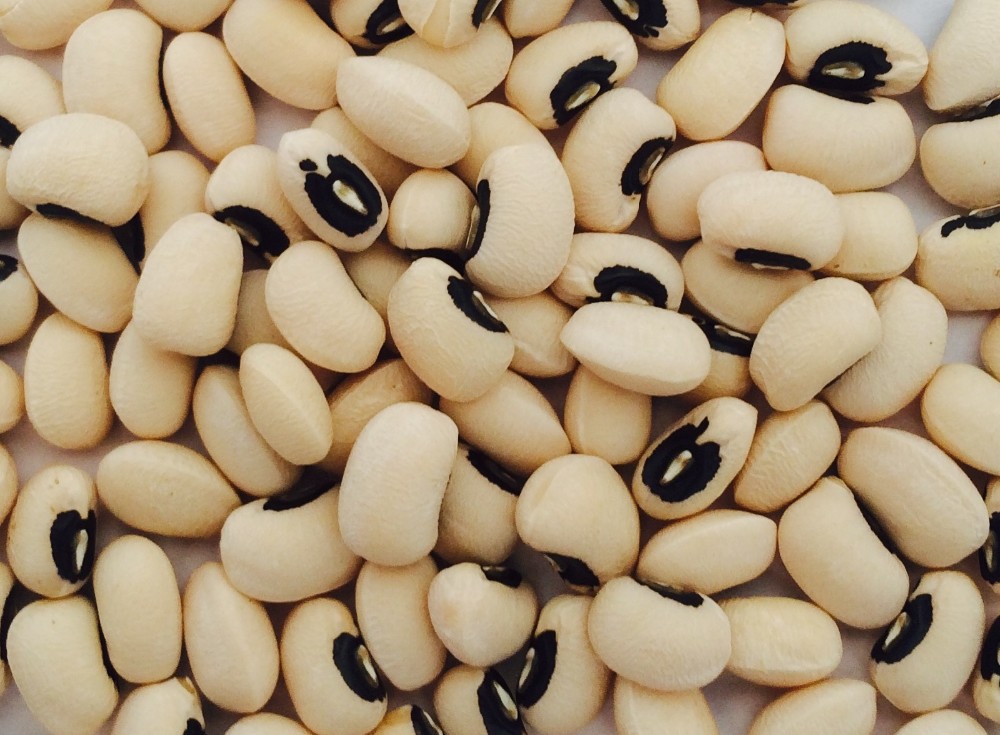 You may be interested in:
You may be interested in:Choosing a place and soil
To properly sprout bean seedlings, they need to be planted on light and neutral soil. Seeds cannot be germinated in soil enriched with nitrogen, since the tuber system of the plant reproduces it itself. If the earth looks crumpled, then it is necessary to loosen it or add tools that help loosening.
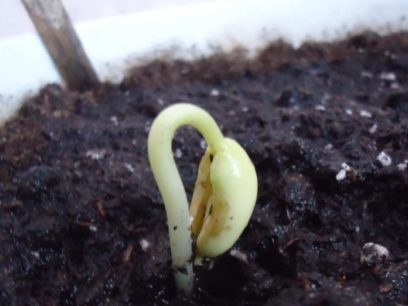 Since beans are a heat-loving culture, it is worth choosing a place for planting on the southern slopes and where there is little chance of blowing. In such areas, the land will be sufficiently warmed up and gain greater access to heat, even on a cold night. In darkened places, the sprouts do not stop their development, but grows in slow motion and as a result, ripening is late.
Since beans are a heat-loving culture, it is worth choosing a place for planting on the southern slopes and where there is little chance of blowing. In such areas, the land will be sufficiently warmed up and gain greater access to heat, even on a cold night. In darkened places, the sprouts do not stop their development, but grows in slow motion and as a result, ripening is late.
If seedlings are transplanted, the sprouts should be instilled to a depth of 5 cm. Bush beans should be placed at a distance of 15 centimeters, other species - 8-10 centimeters. To provide the culture with a sufficient amount of nutrients, put compost or humus on the bottom of the bed, and pour water after planting.
If grains are planted immediately in open ground, then before planting, the earth must be shed with warm water and only then put the seeds in the beds to a shallow depth.
A month after planting, bean sprouts need top dressing in the form of complex fertilizer, which can be mixed with the ground in the process of loosening it. Often there is the question of how to properly spread the seeds in the beds in order to quickly sprout the beans. There is no general answer, so many gardeners place grains in a horizontal position
After landing care
Beans do not require much attention and any species grown on the beds will bring high-quality fruits, but to plant it alone is not enough. One of the main priorities in sprouted crops is considered proper watering. It must be carried out not too often, in moderation, and preferably in the morning. It is necessary to moisten between the rows, otherwise the water will fall on the leaves, and fungal diseases may appear.For asparagus beans and decorative irrigation to produce throughout the whole season, since its lack leads to drying of seedlings, which is not very beneficial effect on the quality of the crop. Stagnant water is also harmful and fraught with the fact that the growth of leaves will become uncontrolled, which will lead them to rot.
It will not be superfluous to monitor the condition of the soil: clean it of weeds and loosen it with a chopper, since the roots need access to air. But you need to ensure that the tool does not damage them. If yellow spots appeared on the leaves, then the plant lacks potassium. Its deficiency leads to bacterial diseases, so that this does not happen, wood ash is sprinkled on top of the beds.
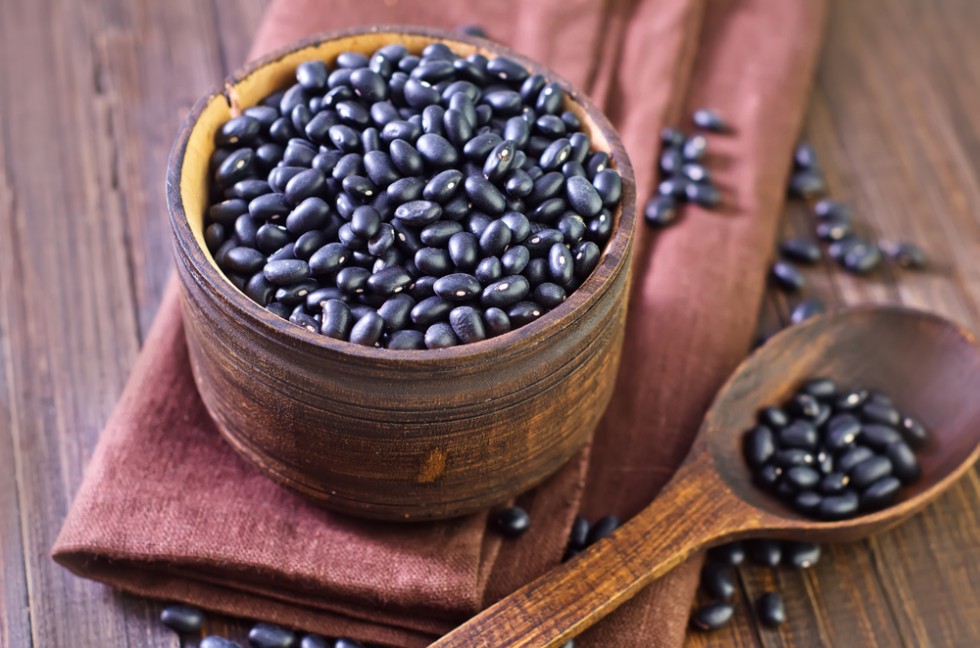 You may be interested in:
You may be interested in:First Harvest and Storage
Harvesting depends on the variety of beans. For example, asparagus needs to be collected once every 2-3 days throughout the flowering period. If you remove the beans less often, then the old pods will not allow new ones to grow. Ripe beans can be distinguished by their appearance - if they are full-bodied, then it's time to pluck them. Cut off the pods themselves from the stem so as not to damage the plant. A ripe pod can be identified by its even broken edges.
After harvesting, you can’t store for a long time uncleaned, as moisture accumulates in the pods, and this is an excellent environment for the multiplication of various bacteria. Before you send the crop for storage, the pods need to be cleaned, and the beans should be well dried in the sun. After that, store in small bags in a dry place.
Beans - a culture that is a useful product for the body, because of its nutritional composition. A variety of delicious dishes can be prepared from beans, and sprouted beans can be used for medicinal purposes. Germination of bean seeds is considered easy, with the condition that they will be carefully looked after. Then you can proudly show your harvest to gardeners and share impressive photos and videos.

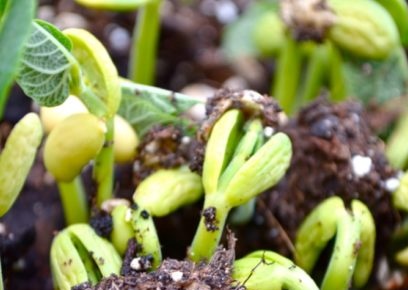
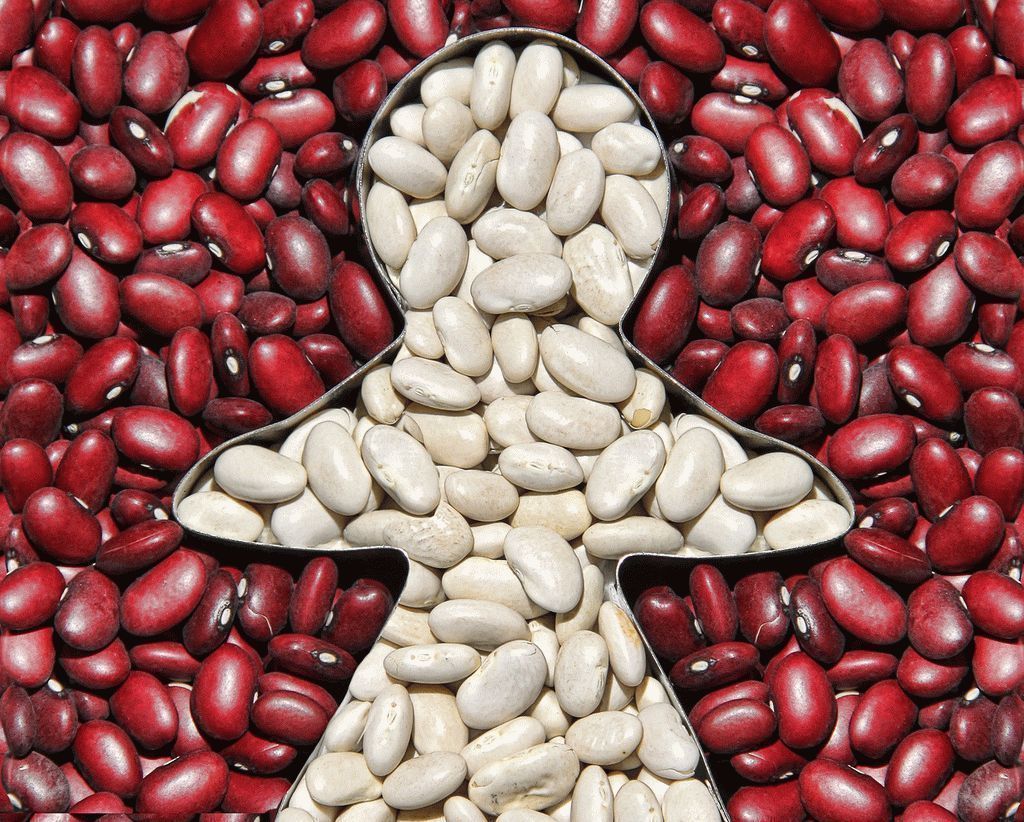
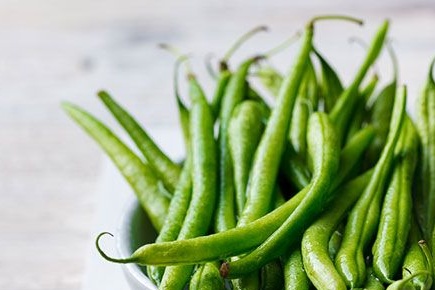
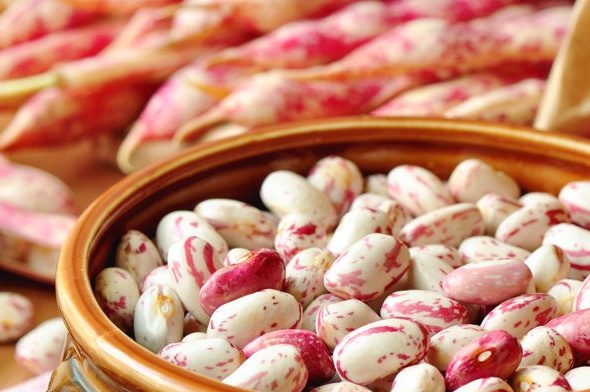
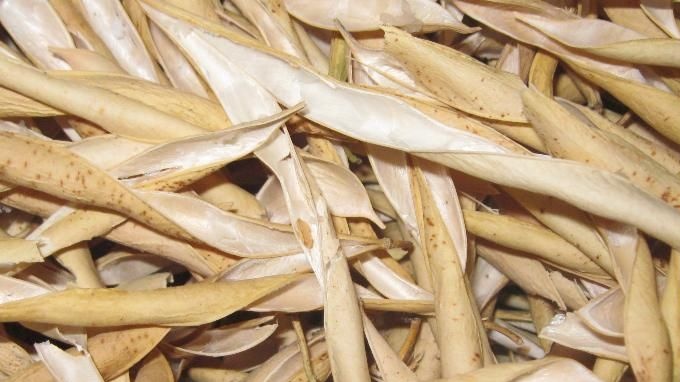 Bean flaps: useful properties, contraindications, benefits and harms
Bean flaps: useful properties, contraindications, benefits and harms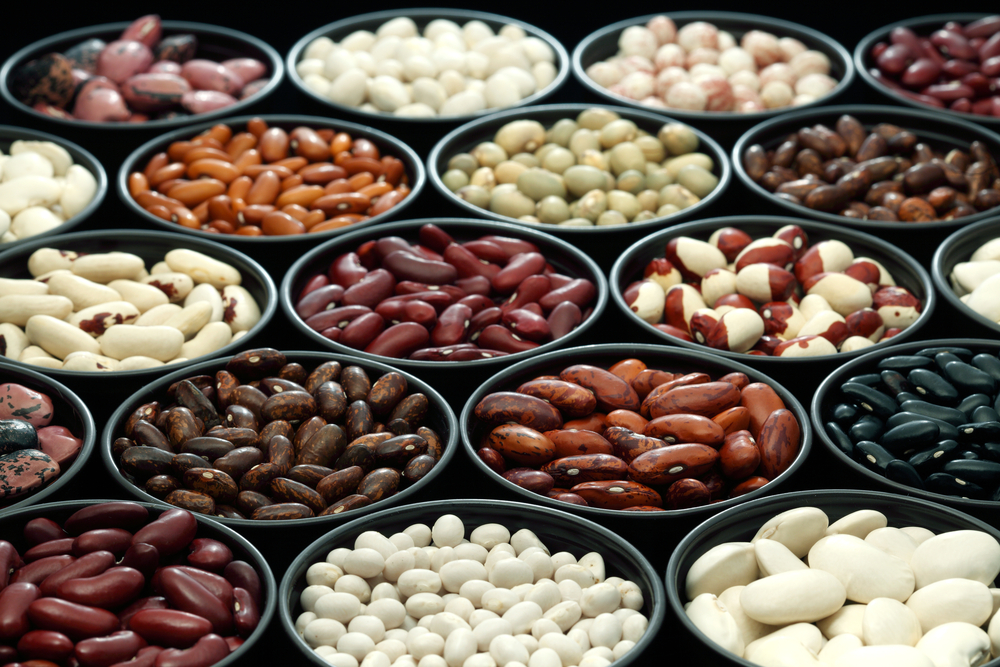 Beans for the body: composition, benefits, contraindications
Beans for the body: composition, benefits, contraindications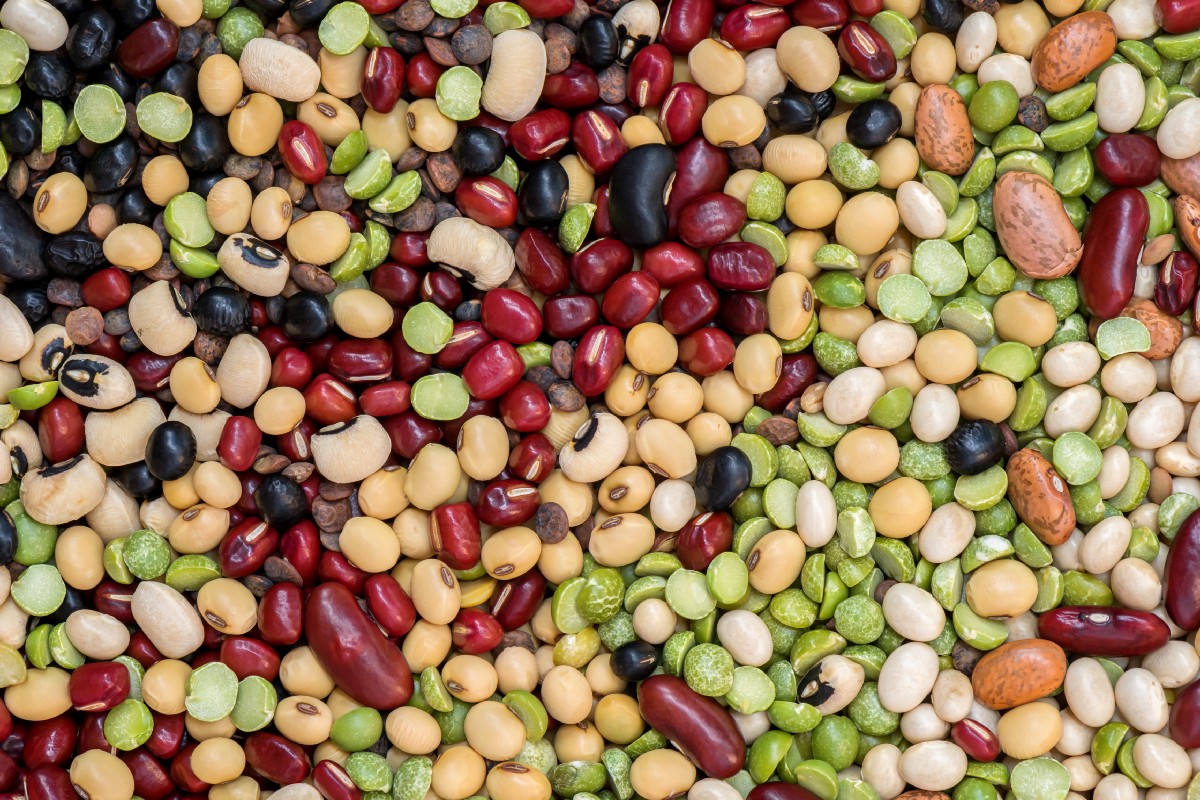 Types and varieties of beans: their name, description and photo
Types and varieties of beans: their name, description and photo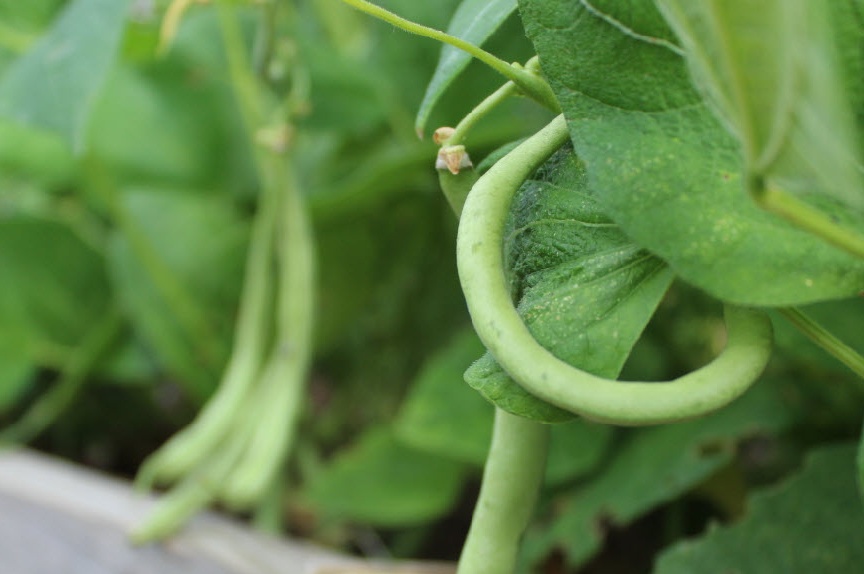 Description and photos of popular varieties of asparagus beans
Description and photos of popular varieties of asparagus beans